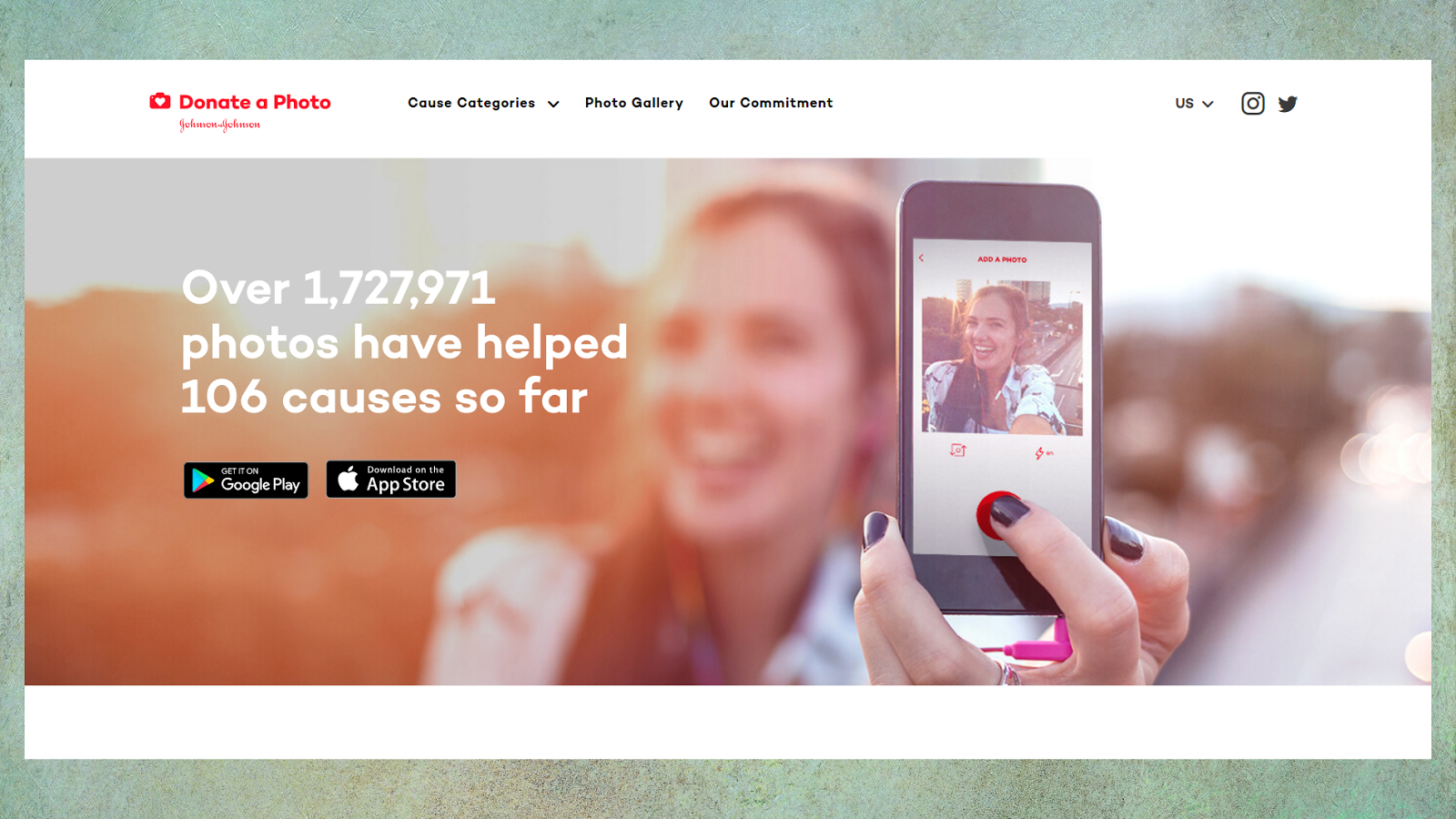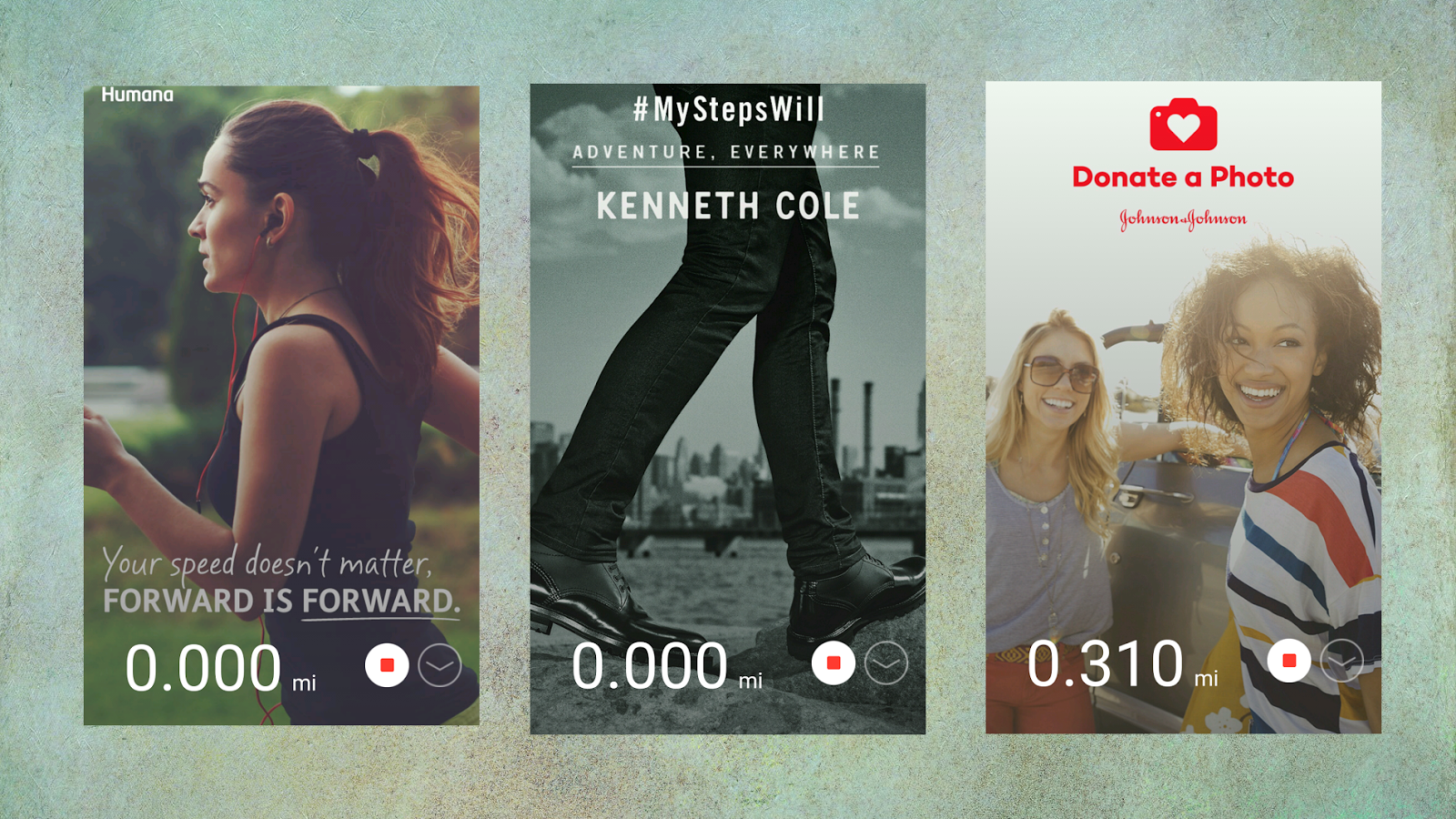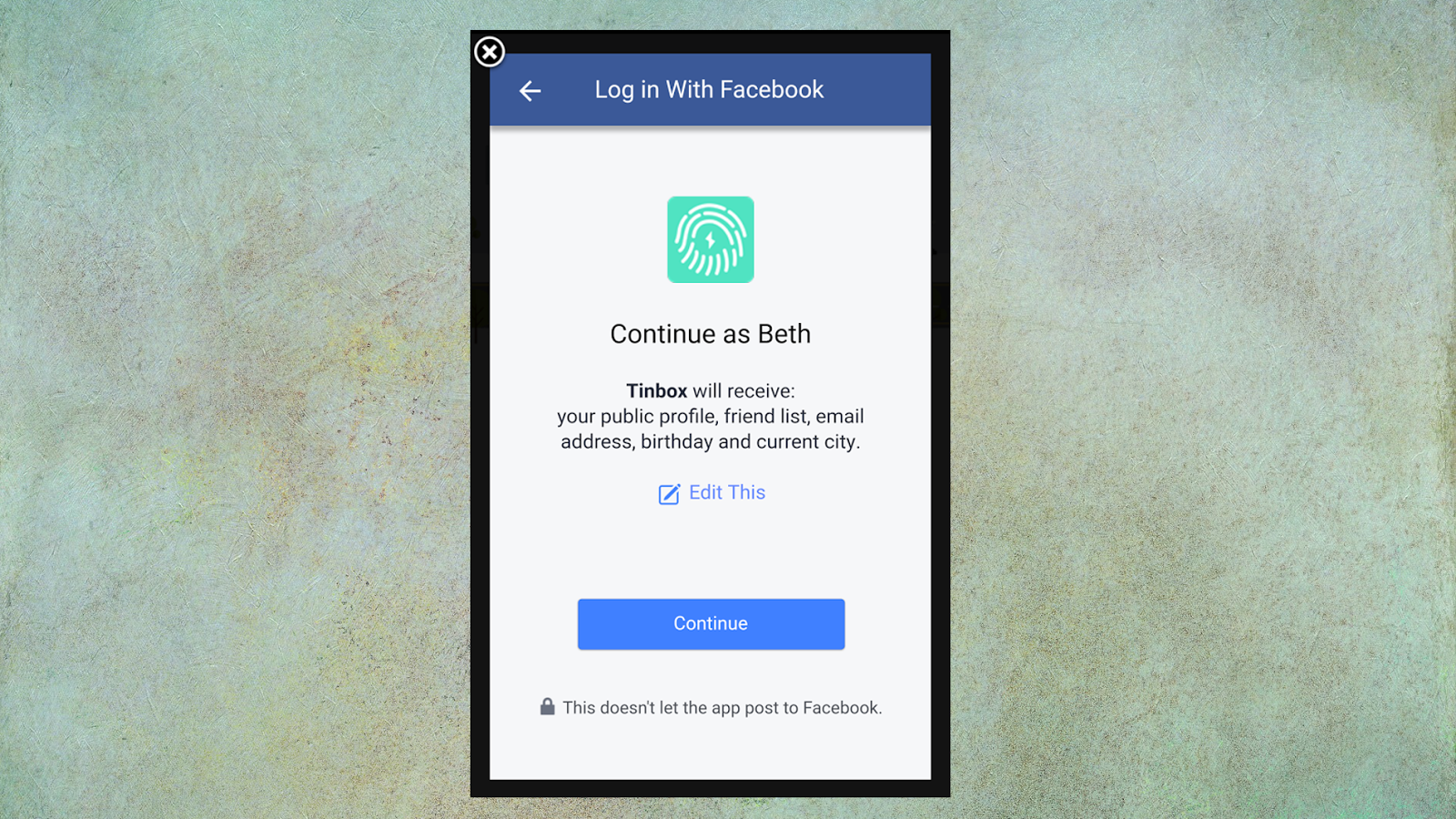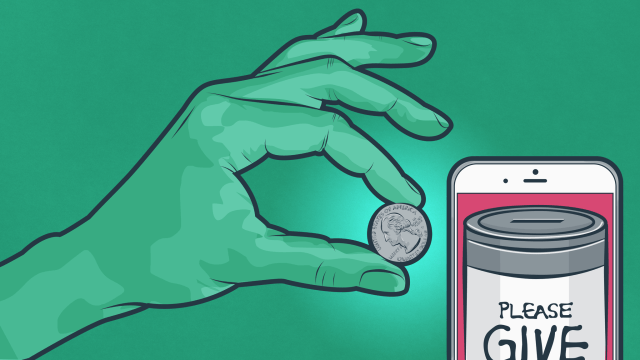Charity Miles boasts that you “earn money for charity” just by going for a walk with your phone in your pocket. Other apps like Donate a Photo and Tinbox funnel money to charity and give you the feeling you’ve donated without actually opening your wallet. So where does the money actually come from?
Illustration by Sam Woolley.
It Isn’t Your Money (And You Shouldn’t Think It Is)
To be clear, we aren’t talking about apps that help you give your own money to charity, like Instead or One Today. Those are pretty straightforward. But apps that let you donate for “free” have to pull their money from somewhere.
In most cases, those dollars are coming from the apps’ corporate sponsors. (Some collect advertising revenue instead, or in addition.) Corporations often give a small percentage of their profits to charity, and instead of giving to the charity directly, they can choose to give through a charity app instead.
In most cases, the sponsor had already earmarked that money for charity. Your actions, in using the app, just influence where the money is spent — not whether it is spent. For example, Walk for a Dog will direct sponsors’ money to the shelter of your choice. Your kilometres don’t affect the total amount donated, but the donation is split up according to the kilometers that you and other people logged. So you can benefit a shelter by using the app — but that also means money is diverted away from a different shelter.
Or take Donate a Photo for another example. It’s run by Johnson & Johnson, who have an ongoing commitment to benefit health-related charity efforts. They say they will donate a dollar for each photo you upload. But if you hadn’t uploaded your photo, that dollar would have sat around until somebody else did.
If not enough people uploaded photos, or walked kilometres, then the company might stop giving, at least through that app. So it’s true that you made their charitable giving possible, in a way. But, in another sense, companies who use these apps have already decided to make a donation and are holding it hostage until enough people share their hashtags.
You Donate Your Eyeballs and Goodwill

Sure, the companies could just go and write a check to the charity of their choice, but they can benefit themselves, and often the charity as well, by making the money jump through some hoops first. They call this leverage.
For example, the company could set up a matching program, where any money that an employee donates will be matched by the corporation’s own funds. The company could also spend some of their own advertising dollars to promote their new partnership with the charity. That brings awareness to the charity (a benefit for them) and improves the company’s image due to the association with doing good (a benefit for the company).
Here is how Charity Miles explains their sponsors’ motivations:
Our sponsors want to do good with their advertising budgets, but they need advertising results to be able to reallocate those larger (non-charity) budgets. Therefore, we deliver premium quality advertising that’s a higher quality compared to ordinary banner ads. We enable them to measure a high-quality return on investment (ROI) from their investment and thereby reallocate larger portions of their advertising budgets for social good.
In other words, the company wants to get “premium… advertising” when they donate to charity. And who are they advertising to? Oh, right. You.
For-Profit Businesses Also Benefit From Charity Apps

Ads on Charity Miles. Yes, one charity app is advertising on another.
Your activity in charity apps benefits more than just the charities. Let’s take a look at where your money is going.
We already mentioned advertising, but this gets a little more complicated than just showing ads. Take Check in for Good for example: The app entices businesses by promising that “[The charity’s] passionate supporters become your loyal customers”. In other words, if you check in at a certain burger joint to support your favourite charity, the burger joint profits because you’re ordering dinner.
Your dollars in Charity Miles take a more circuitous route. Say you’re walking to benefit hunger relief organisation Feeding America. Your kilometres are sponsored by health insurer Humana. So, of course, you have a big Humana ad on your screen during the walk.
If you scroll down for more details, you’ll see an offer from Humana for $10 off a registration for the Rock N Roll marathon series. Humana sponsors these races, and has its name all over race banners and websites. So while you’re walking for charity, one for-profit company (Humana) is advertising for another for-profit company (Competitor, which runs the Rock N Roll marathon series)… which in turn provides advertising to Humana. So you’re not giving your own money to charity, but you are being invited to open your own wallet to benefit some for-profit companies.
The charity apps themselves are sometimes for-profit businesses. Charity Miles takes a 50 per cent cut: Every 1.6km you walk results in $US0.25 ($0.34) going toward the charity of your choice, but also directs $US0.25 ($0.34) to the Charity Miles company itself.
Feeding America, to use our example, gets four stars from Charity Navigator, in part because it is extremely efficient. Over 98 per cent of donations go directly toward the charity’s work. But if Humana wants to spend $50,000 through Charity Miles, only $24,625 goes toward the charity’s work. A smidge went to Feeding America’s overhead expenses, and in the end Charity Miles got more money than the charity itself.
You’re Really Donating Your Personal Information

Reading charity apps’ terms of service and privacy policies reveals what you’re really donating. Here are a few examples that we pulled from the fine print:
- Check in for Good: Personal information including your “demographics and preferences” and your location. Also, of course, you’re giving the restaurant your lunch budget.
- Charity Miles: A complex network of advertising and promotional offers, as discussed above. There’s even an option to earn points for your a Walgreens loyalty card.
- Donate a Photo: You literally donate your photos, granting an “irrevocable, worldwide, nonexclusive, perpetual, fully sub-licensable, transferable, royalty-free right and licence to use, reproduce, modify, adapt, publish, translate, create derivative works from, distribute, transmit, publicly perform, and publicly display such Photographs…” in promoting the app and its charities. They do not use your photos for advertising Johnson & Johnson products, though.
- Tinbox: Your Facebook data, as in the screenshot above.
- Give2Charity: your location everywhere you go as long as the app is installed.
These apps are not scams: There really are charities that benefit at the end of the day. But it’s up to you to decide whether you are comfortable with what you’re giving these businesses in exchange for them to donate a few dollars to the charity of your choice. Personally, I would rather give real money directly to the causes I believe in than spend several minutes a day messing with a charity app that takes way more and only delivers a slice of the pie.
There’s one more caveat. Beware of mentally categorising your interaction with an app as being the same as actually donating to a charity. Easy acts in the name of charity might actually make you less likely to donate real money than if you hadn’t done that easy act, according to a study in the European Journal of Social Psychology. So don’t be fooled into thinking you already donated.
Remember, it’s not your money. If a sponsor is giving $10,000 to a charity through an app, and then you also open your wallet to give $25, that charity will end up with $10,025. If you don’t have the money to spare, many charities can use volunteer work or other kinds of donations.

Comments